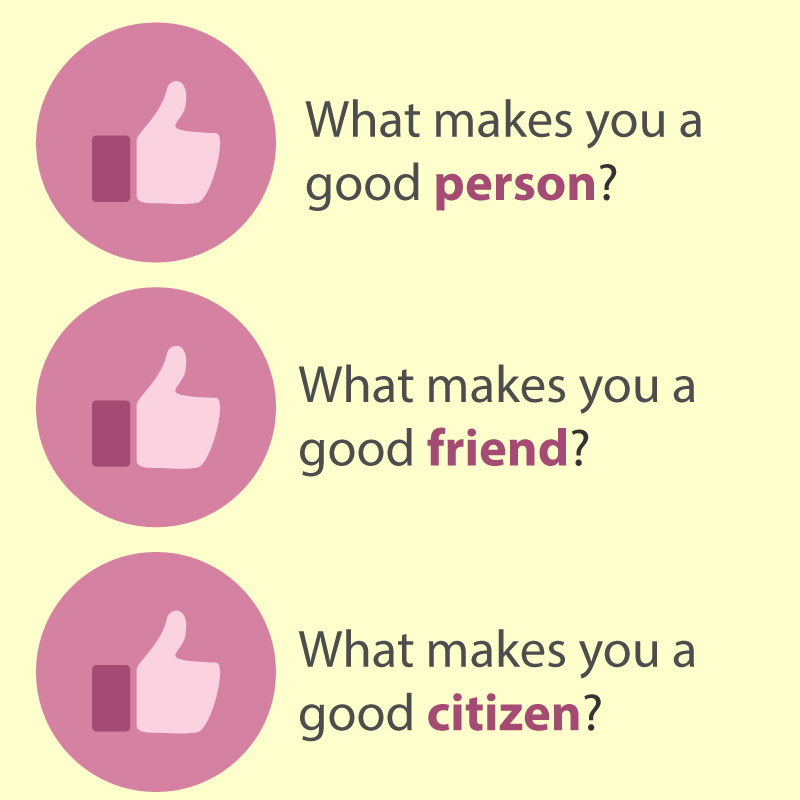News & Views

Helping children avoid the social media vortex
At every turn, it seems that the social media giants have devised yet more ways to suck young people into their vortex. While schools may wish to try (futilely) to quell the repetitive perceived threat, I'm inclined to think that they may be tackling this the wrong way.
In my work with schools and young people, it is clear that there is sometimes a fundamental disconnect between schools' and pupils’ perceptions of what social media means and its threats and benefits. This is a generational gap. The digital world is moving at such a pace, it doesn’t take long to be out of date. Ironically, the teachers who devise the guidance often know less than the pupils in many respects. Cue eye-rolling emojis!
So, let’s consider the original purpose of one of the social media behemoths – Facebook. Its founder had few friends at university and built a social networking platform to help him get a girlfriend. The fundamental rationale for people using social media hasn’t changed. Finding like-minded people to befriend is very comforting, especially if you’re shy and unconfident. What has changed is the content, the influences and the potential for things to go wrong, especially for the young and vulnerable.

Potential threats
In order for schools to help pupils avoid being sucked into the social media vortex, it is necessary to gain consensus about what some of the potential threats are:
- being influenced by negative, anti-social, fake or illegal content – grooming
- developing unhealthy and unrealistic attitudes towards oneself and others – notions of beauty, perfection and typicality
- the effects on attention span, activity levels and narrowing of social and cultural horizons.
Schools have an important role to play in helping pupils become critical thinkers. Pupils in KS2 can be taught how to look closely at the origin and purpose of a piece of evidence to help them understand how media is used to influence people. Elections have been won and lost based on social media feeds.
Teaching pupils as they get older about how these social media giants work should be a compulsory part of the education plan. Helping them to understand the colossal commercial gains these companies make by duping them into buying this or looking like that, is our moral duty. TikTok is a dopamine app. Its algorithms are specifically designed to show videos it knows you would like. This data is acquired through your very use and even proximity to the smartphone.
While we can’t stop young people from using social media, we can give them the knowledge they need to know what they’re dealing with when they engage with it. Knowledge is power.
A conduit for influencers
There have always been outliers. Those who prefer to sit outside of the social norms. Before the internet, these groups or individuals had limited influence. Social media provides the perfect medium to transmit views and images to the most impressionable negatively. Those in the extremes of society, be they cyberbullies who sit behind keyboards being hateful or people espousing extremist ideologies or sexual predators have found social media to be a helpful medium for their dangerous exploits.
The Online Harms Bill has attempted to hold social media platforms to account for harmful content but this is not nearly enough to prevent young people from encountering it. Therefore, all educators can do is make pupils aware of the dangers, expose the hateful content, where appropriate and more importantly, be aware of what kind of material is potentially out there.
Pupils as regulators
Schools are increasingly starting to use their older pupils as their eyes and ears and as 'advisers'. Pupil focus groups where non-judgemental discussions can be held about the kinds of things that are trending on social media have proved useful for leaders in deciding their online safety curriculum content. For example, those schools that were early in recognising the potentially dangerous views espoused by Andrew Tate were able to tackle his misogynistic views head-on during PSHE lessons and in assemblies.
Many schools are developing their mental health provision, especially since the lockdown. We know that young people had spent far too long online during this time. The boom in social media influencers is off the scale at the moment. It would be hard not to compare oneself to the heavily photoshopped images bombarding social media feeds. Instant gratification and instant validation have become intoxicating. Schools’ mental health programmes should be focusing on these values:

Encourage tangible values
Helping pupils to value their intrinsic worth, challenge popular notions of beauty and help pupils to develop compassion towards themselves and others, should be deliberately planned for. Raising self-esteem and promoting kindness should be essential tenets of a good pastoral strategy.
Schools should therefore help pupils to frame their values around the real world, not a virtual one. In one school I work in, the school framed achievement awards around kindness and positive values. Pupils in this primary school were rewarded when they were caught being kind. The leaders made sure that all pupils received some positive feedback every day. Hopefully, these pupils will feel less inclined to seek affirmation elsewhere.
Countering the negative draw of social media
Being sucked into the social media vortex can often lead to laziness, inactivity and diminishing motivation. Schools that have banned mobile phones, help pupils to focus on their school work and other activities. Leaders who have invested in the wider pastoral curriculum help pupils discover interests and hobbies that may spark their passions and motivation. Of course, sport plays a significant role in getting young people away from social media: it offers social, health and character development benefits. However, there is an abundance of other activities pupils can get involved with that may extend beyond the school gates. Many schools are scheduling time in the school day for these types of activities to make sure everyone benefits. Countering the lure of social media requires a concerted effort.
Helping pupils become less introspective and narrow in their worldview has to be another crucial goal of schools when considering the negative impact of social media. We need more people who are progressively minded and socially responsible in our society. Schools can help to develop these attitudes through the curriculum. Broadening pupils’ horizons about cultures and communities other than their own and helping them to get involved in causes to help others less fortunate than themselves will influence their social media activity positively.
Securing parent buy-in
As with most school strategies, their influence and success are very much dependent on how well parents are engaged. Their influence, their knowledge about these matters and how they role-model to their children are critical in helping to avoid the worst effects of social media. The partnership between school and home must therefore be strong. Schools can support parents in having an open dialogue with their children about how they are managing the world of social media. They can help them to put the virtual world into perspective. The school’s website can be a helpful place for support and signposting for parents and pupils. Some schools are now considering pastoral development parents' evenings to emphasise this aspect of pupils’ education.
In short, social media is here to stay; it is part of the fabric of young people’s society. There are many benefits for young people in using it. By influencing pupils’ character, attitudes and motivations in schools, we can temper the negative effects.
Top tips for managing social media
Here are my top tips for schools in helping pupils manage their social media world:
- Agree among all staff about the possible threats that social media poses to the pupils. Keep staff updated on the current issues.
- Use older pupils, including students in the sixth form, to help guide and advise on the online safety curriculum content.
- Deliberately plan the online safety curriculum to include knowledge about the origins, nature and purpose of the different social media platforms.
- Plan regular opportunities for pupils in each school year to develop their critical thinking skills. Expose negative trending influences.
- Ensure the rewards policy reinforces sound values, attitudes and character.
- Extend pupils’ interests, hobbies and horizons through the curriculum and a strong enrichment programme.
- Have a strong parental engagement programme and use the school website as a hub for online support and guidance. Consider a pastoral development parents' evening.
Helpful resources
- Information, advice and support to keep children safe online | Internet Matters
- Keeping children safe online | NSPCC
- Parents and carers | CEOP Education
- E-safety guides for schools | National Online Safety
- Online safety hub | Barnardo's
About the author

Zarina Connolly is an independent education consultant and Ofsted lead inspector. She is also the author of Optimus Education’s Excellence in Personal Development Award and Pupil Resilience Award.